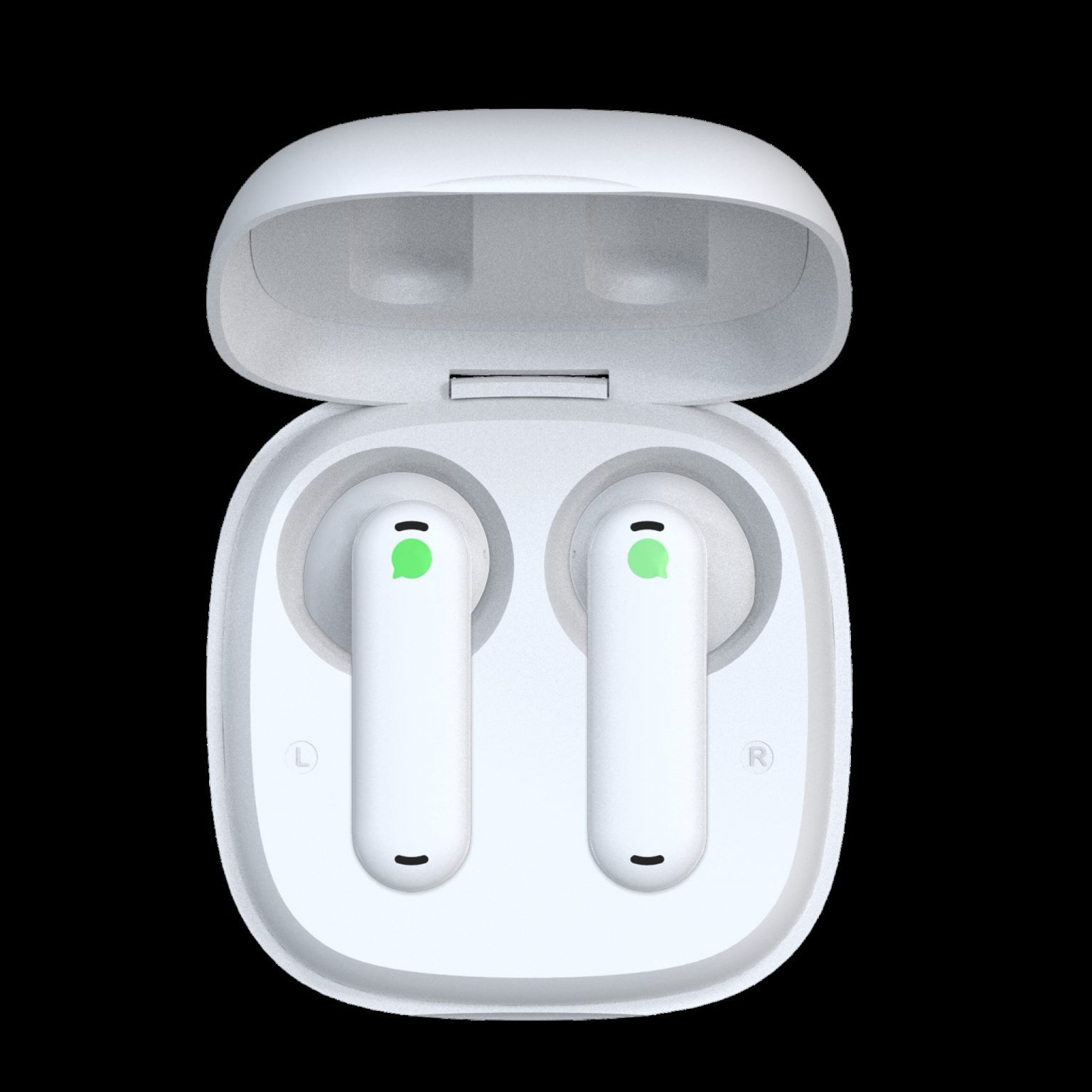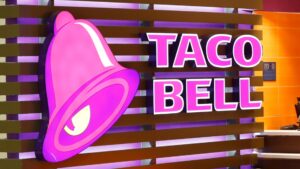The translation device industry has undergone a significant transformation, evolving from basic language tools to sophisticated ,AI-powered devices. This shift reflects a deeper change in how we approach language barriers in a globalized world. Where once human translators were the sole solution, now technology offers an innovative and instantaneous alternative.
The Rise of AI in Translation
Artificial Intelligence has been pivotal in reshaping the translation device industry. The leap from manual to automated translation has been substantial, with AI bringing not only speed but also a level of accuracy previously unattainable. Modern devices are now capable of understanding context, slang, and even idiomatic expressions, making them more reliable than ever.
The Forerunners
Among the various forms of translation technology, earbud devices have emerged as a leading trend. Timekettle’s WT2 Edge Translator Earbuds are a prime example of this advancement. These real-time translator devices offer a seamless translation experience, allowing users to engage in natural conversation without the delay or interruption typical of traditional translation methods.
The WT2 Edge stands out for its ability to provide immediate, bidirectional translation across numerous languages and dialects. This is not just about translating words; it’s about conveying meaning and emotion, a feat that positions Timekettle as a leader in the industry. The WT2 Edge is designed for real-world interactions, from business meetings to travel, offering users a way to navigate foreign languages effortlessly.
Competitors in the Spotlight
While Timekettle has made its mark, other brands are also contributing to the industry’s growth. Devices like Google’s Pixel Buds and the Pilot Smart Earbuds have their own strengths, particularly in consumer-level translation. However, when it comes to professional and nuanced translation, the WT2 Edge often takes the lead, offering a more comprehensive and user-friendly experience.
The Broader Impact: Beyond Communication
The implications of advanced translation devices extend beyond mere communication. They represent a bridge between cultures , fostering understanding and collaboration in a way that was previously impossible. This technology is not just changing how we talk to each other; it’s changing how we connect on a global scale.
The Future of Translation Devices
With advancements in AI and machine learning, these devices will become even more intuitive and versatile. The WT2 Edge and its contemporaries are just the beginning of a new era in language translation, one where language barriers become a thing of the past.
These devices are not just tools; they are gateways to a world where language differences no longer hinder interaction and understanding . As we move forward, the potential of these technologies to bring people together, regardless of language, is both exciting and boundless.







